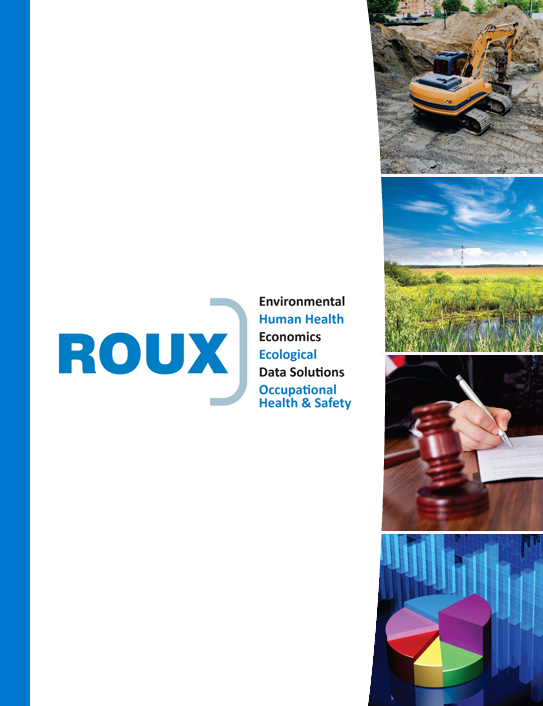Regulatory Update: How Vapor Intrusion Will Impact California Cleanup Costs
California’s 2019 Vapor Intrusion Regulatory Update and its Impact to Environmental Cleanup Costs
Over the past few years, changes in the way regulatory agencies are dealing with the issue of vapor intrusion has catapulted this issue to a degree that has made vapor intrusion the costliest and potentially most litigious aspect of a contaminated site. Across the country, states are continually lowering environmental action levels for many volatile organic compounds (VOCs), which have the potential to migrate into indoor air and pose a risk to indoor receptors.
In January 2019, the San Francisco Regional Water Quality Control Board (RWQCB) issued an update to their Environmental Screening Levels (ESLs), which included a significant reduction to the ESLs for many contaminants that may impact indoor air quality. Because the RWQCB uses the ESLs to identify and evaluate possible environmental impacts and their associated vapor intrusion risk, these reduced ESLs will trigger an increase in environmental response activities not only at sites under regulatory oversight, but also at many new sites where no environmental responses were previously warranted. Consequently, these reduced ESLs will further drive up the costs to address contamination at sites that are overseen by the RWQCB throughout much of California.
For many VOCs, such as PCE, their respective soil vapor ESLs were recently decreased to significantly low levels—making cost-effective, successful remediation using current technologies a challenge. In addition, for many VOCs, their respective groundwater ESLs were decreased to levels that are below the Maximum Contaminant Levels (MCLs) for drinking water, meaning that a potable groundwater source may pose a possible vapor intrusion risk.
With these new ESLs, we expect to see a significant rise in costs to further investigate, remediate, and/or mitigate vapor intrusion risk to human health. In a best-case and least costly scenario, additional actions could be limited to some investigation activities that demonstrate VOCs do not pose a risk at a site. In a worst-case and costlier scenario, actions may include a combination of additional investigation, remediation, and/or mitigation activities coupled with a substantially longer-term indoor air monitoring program to demonstrate that VOCs do not pose a risk at a site.
To speak with someone from one of our California offices for more information, please click on the button below:
